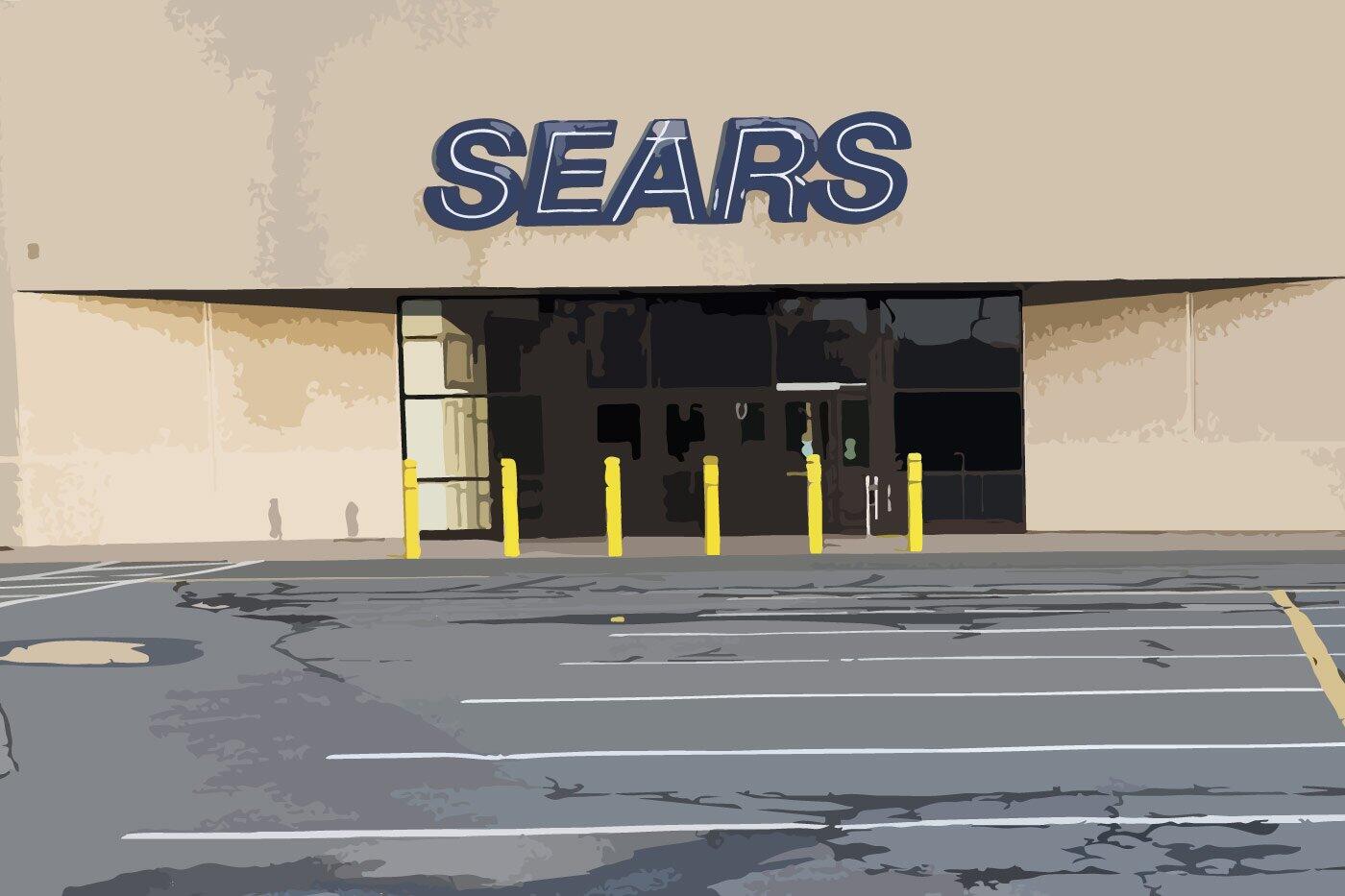For almost a century, Sears was the most iconic retailer in North America. The company started life as an innovator, a direct-to-consumer catalog that allowed it to hawk its wares (mostly watches and jewelry) as far as the post would take them. A few decades later, the company decided to open its own stores. Quickly its retail sales surpassed its catalog revenue. Over the next six decades, Sears built itself up to be a retail giant, a conglomerate of brands, and the anchor tenant of choice for middle class malls across the country.
We all know that this story does not end well. It is hard to pinpoint exactly when the department store started its descent into obscurity and insolvency. Some would pinpoint when they decided to discontinue their mail-order catalog in the 1990s, mere years before the internet’s jolting rise to popularity. Others would mark 2004 as the beginning of the end. That is when Sears merged with its low budget rival Kmart, led by Kmart’s chairman at the time, a man by the name of Eddie Lampert.
Read more
Eddie is a bit infamous in the retail and investment world. He attended Yale and upon graduation went to work in the risk arbitrage department at Goldman Sachs (in part, no doubt, thanks to his college roommate Treasury Secretary Steven Mnuchin, whose father was a senior partner at the firm). He eventually started his own firm, ESL Investment and landed high profile investors like film-studio exec David Geffen, technologist Michael Dell, and Goldman Sachs bigwig Richard Rainwater.
From the onset, Eddie did nothing but win. He smashed records, both with the returns he was able to get his investors and what he was able to make for himself thanks to his hefty management fees. He is thought to be the first fund manager to make over $1 billion annually. Entertainment mogul David Geffen once boasted to Fortune magazine that he had made more money as an ESL investor than in “all the businesses I’ve created and sold.” His notoriety even made him a target of a kidnapping. But even that seemed no problem for Eddie. He was released after he promised to pay $5 million but ended up paying nothing and having his assailant arrested shortly after.
The fact that Eddie was able to make returns on his investments was not up for question. What was a bit of a controversial subject was how he was able to do it. The former CEO of Sears Canada, Mark Cohen, once said that he “takes an axe to the company’s operating expense and capital expense, and for the first year and a half he looks like a genius because free cash flow explodes, and the Street is calling him the next Warren Buffett.”
Eddie always had an eye for ways to leverage the market. He sold 51 Kmart stores to Sears for $605 million in cash. This caused the stock price of Kmart to skyrocket since many could make the case that each location was worth just over $11 million. Eddie then used that new market valuation to raise enough cash to buy Sears for $11 billion. At the time, there were around 3,500 locations between the two retailers. Over the next few years, Lampert would buy back over $5 billion dollars worth of Sears stock, spending over double what the company’s expenditures at the time to do so. Then, the housing market crashed. To keep the company profitable, Lampert sold off many of the ancillary brands, oftentimes to his own investment groups. But even that wasn’t enough. The real estate for more than 200 Sears locations were sold to a REIT and leased back to the retailer. The REIT is called Seritage and the chairman at the time was none other than Mr. Lampert.
None of this worked and eventually, Sears filed for bankruptcy. Bankruptcy court looked for suiters to buy up the remaining 425 stores. The higher bidder at $5.2 billion was, you guessed it, Eddie Lampert. Now Eddie holds what remains of Sears in a new company called Transformco. By some people’s count, there are now less than 40 Sears locations. The other pieces of real estate are being leased out to other retailers and being converted into new usages.
Sears will now forever be a symbol of a dead era. One where department stores reigned as the go to place to shop and malls were the commercial centers of our cities. As our shopping habits moved online, all retailers have struggled but few more than Sears. A combination of shortsightedness and corporate raidership were too much for even this iconic brand to overcome. But from the ashes of Sears will rise the flames of another type of retail. And there to stoke the fire for his own benefit will be Eddie Lampert. [Propmodo]
